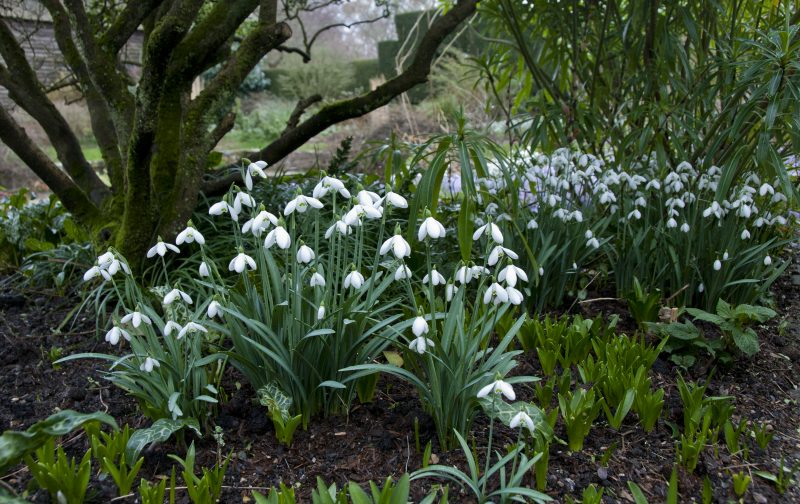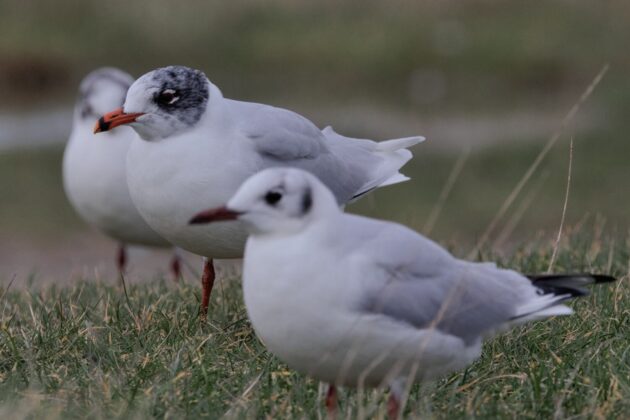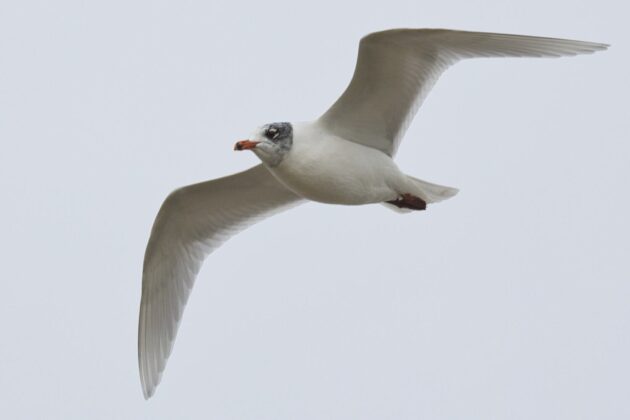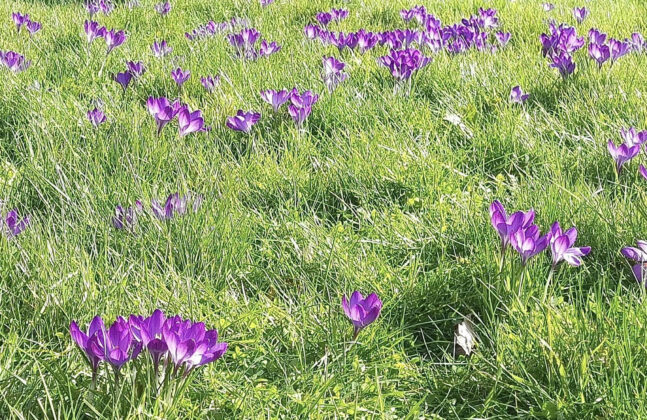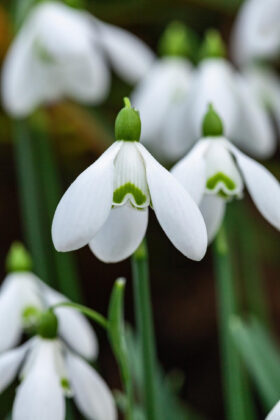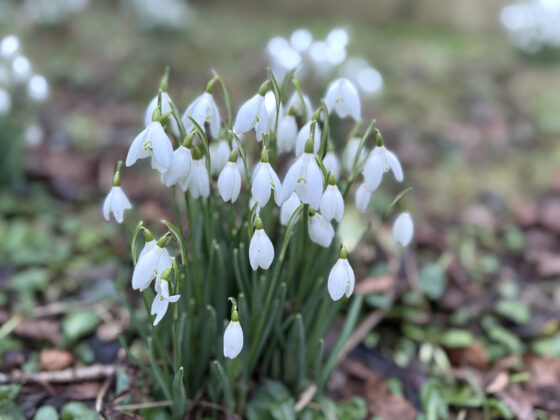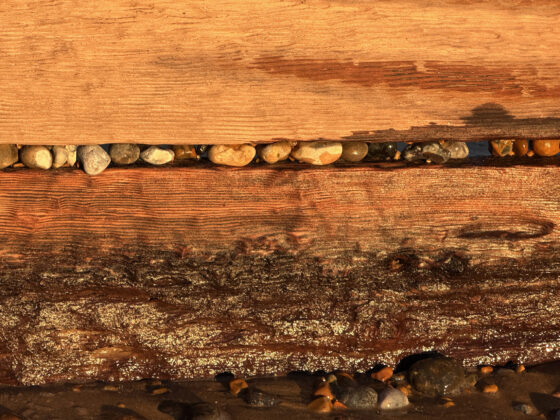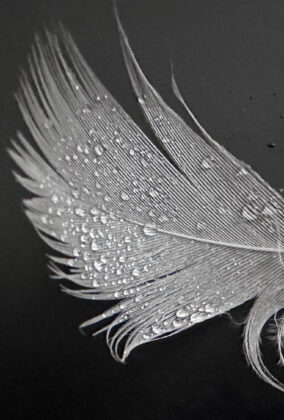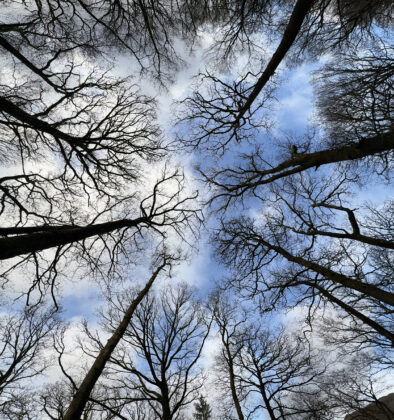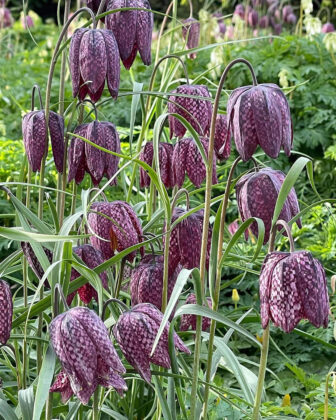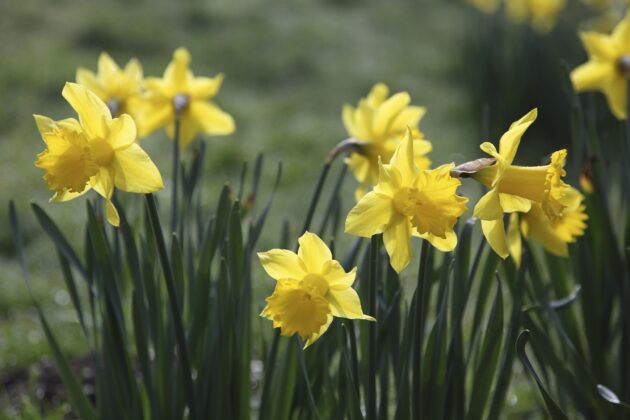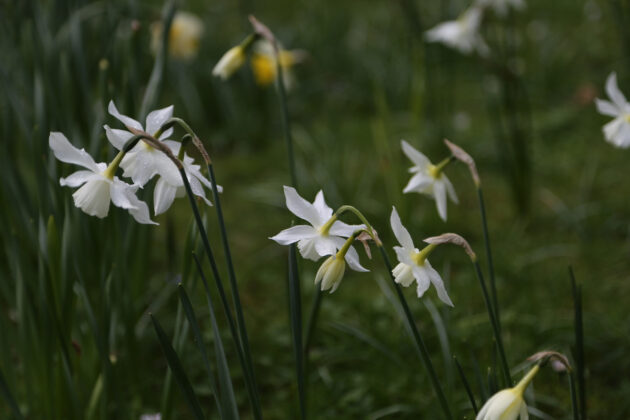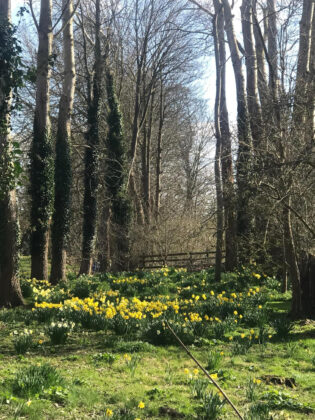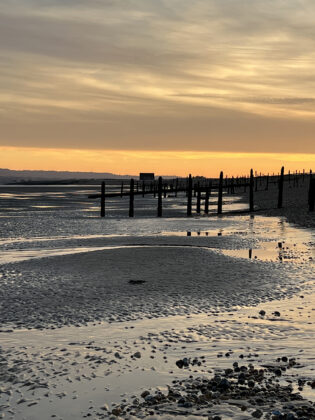Spring in Rye is marked by a variety of natural signs; primroses adding bursts of colour to gardens and roadsides; blossoming trees and flowers, crocuses, cherry blossom, blackthorn, and hawthorn begin to bloom, along with carpets of bluebells in woodlands later in spring; and new-born lambs frolicking in the verdant fields to look forward to. These signs are welcome after we have suffered what have seemed innumerable days of grey and gloom since Christmas. We can feel our spirits lifting and there is a spring in our step: gloom evaporates and hope takes its place.

The days become noticeably longer, with more sunlight and generally milder temperatures, although spring showers and breezy conditions remain common. On March 14 the sun will set at 6pm and will not set before that time until October 17: many more hours of enjoyment in sunlight, we hope.
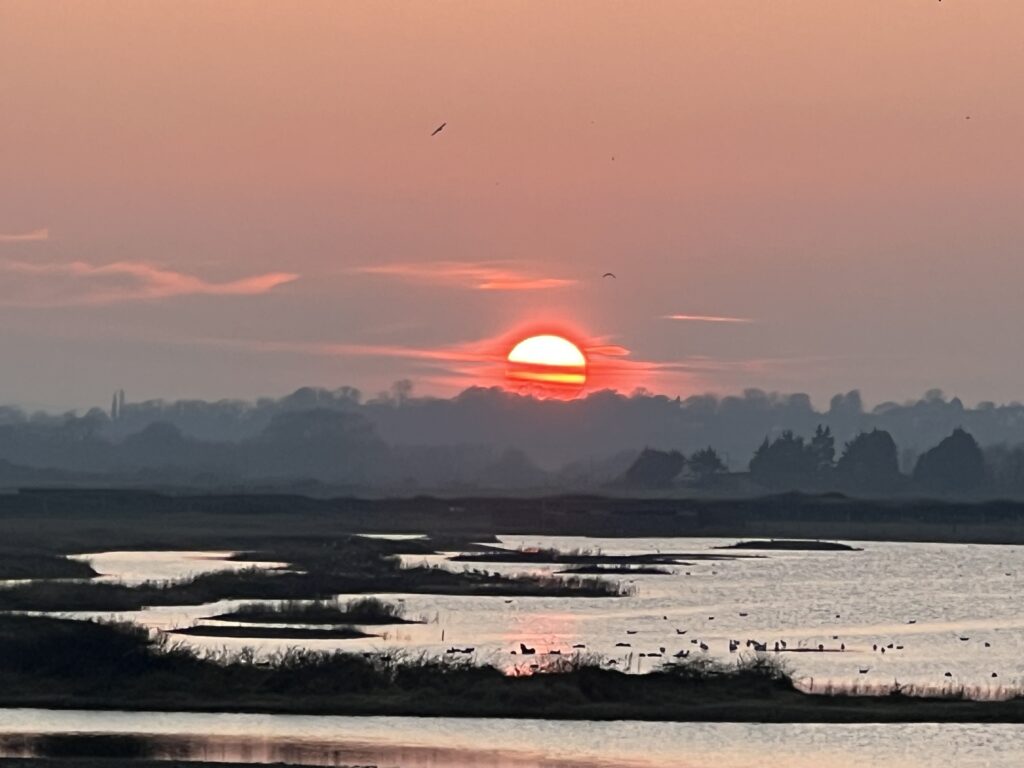
Along the Sussex coast, cliffs and beaches see an increase in seabird activity, and rock pools start teeming with life as marine species become more active.
Barry Yates, chair of the Friends of Rye Harbour Nature Reserve, explained what signs of spring there are on the reserve: “The sound of early spring in the wetlands around Rye is dominated by the ‘meowing’ of Mediterranean gulls and ‘klute – klute’ of avocets. Both of these birds were extremely rare, until the 1990s, and now they are common from mid-February and into summer.
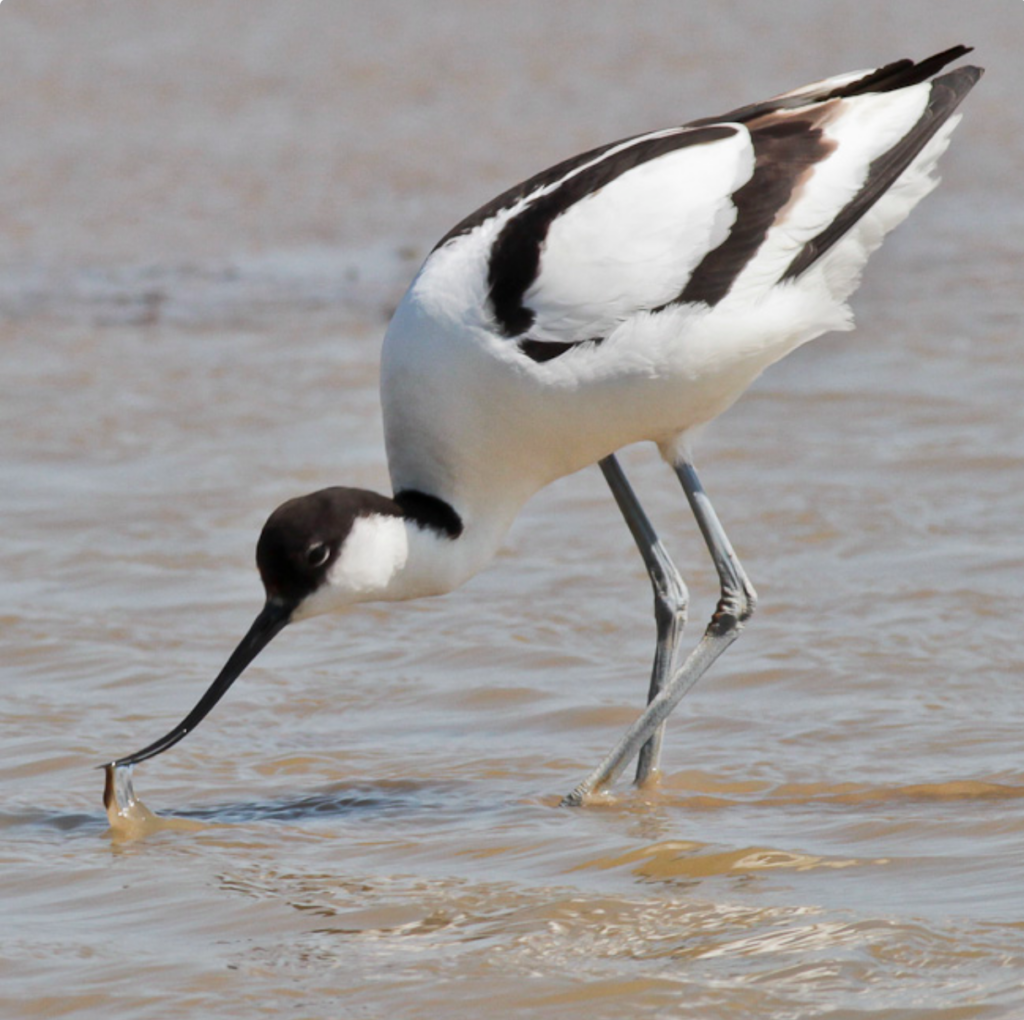
“Mediterranean gulls are similar to black-headed gulls, but their summer hoods are black and they have bright red beaks and legs and their wings are white. Both these gulls feed mainly on earthworms from short grassland that’s usually grazed by sheep. Avocets are large black and white waders, with long blue legs and a fine, upturned beak that sweeps through shallow, muddy water to capture tiny shrimps.”
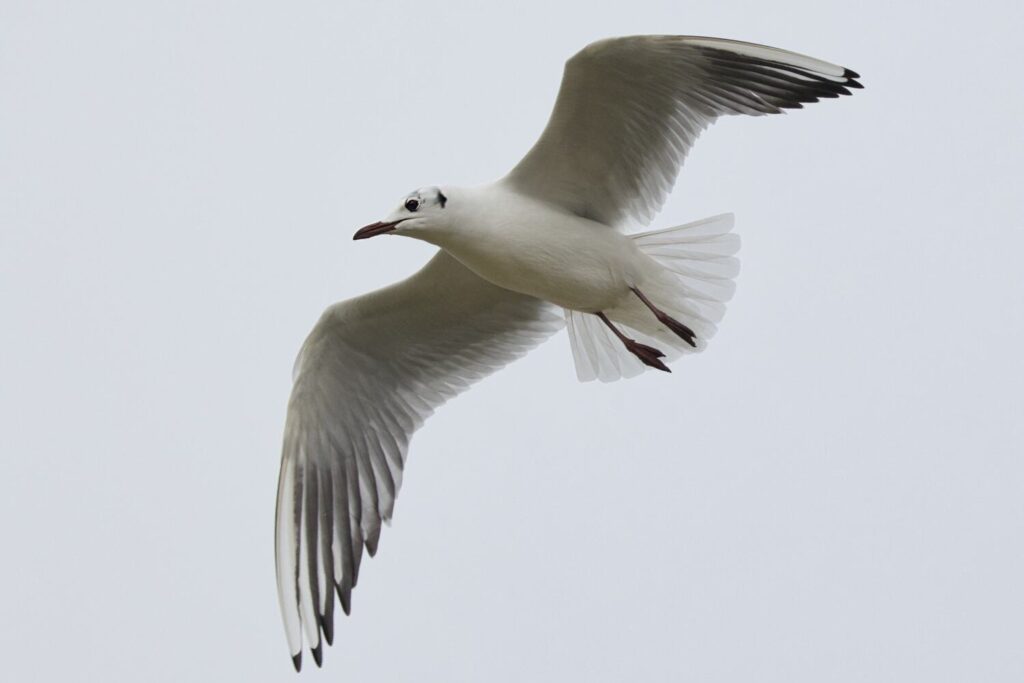
Rye News would love to see your spring pictures.
Image Credits: Gillian Roder , Kt bruce , Martin Bruce , Barry Yates , Tony Edwards , Kt bruce .



